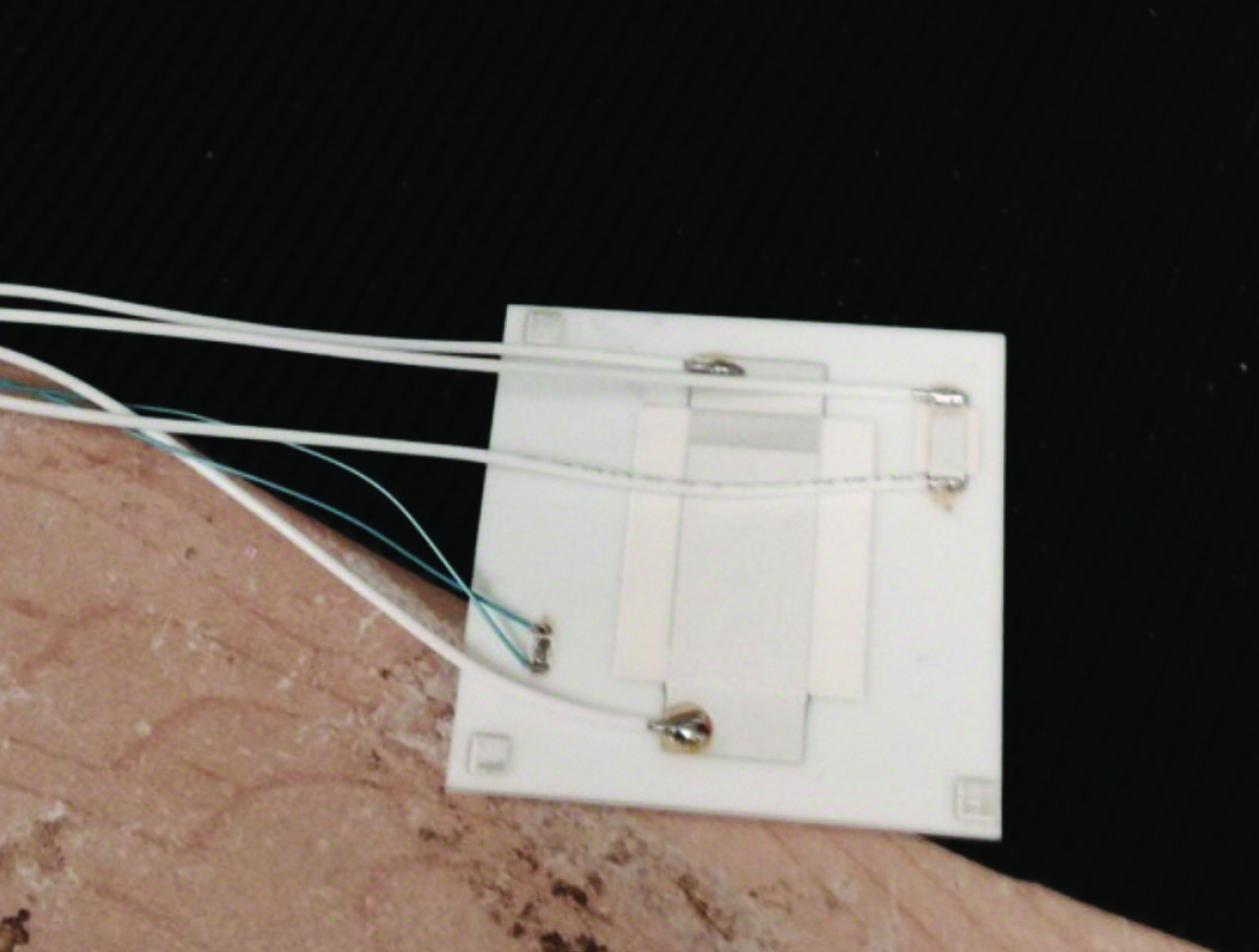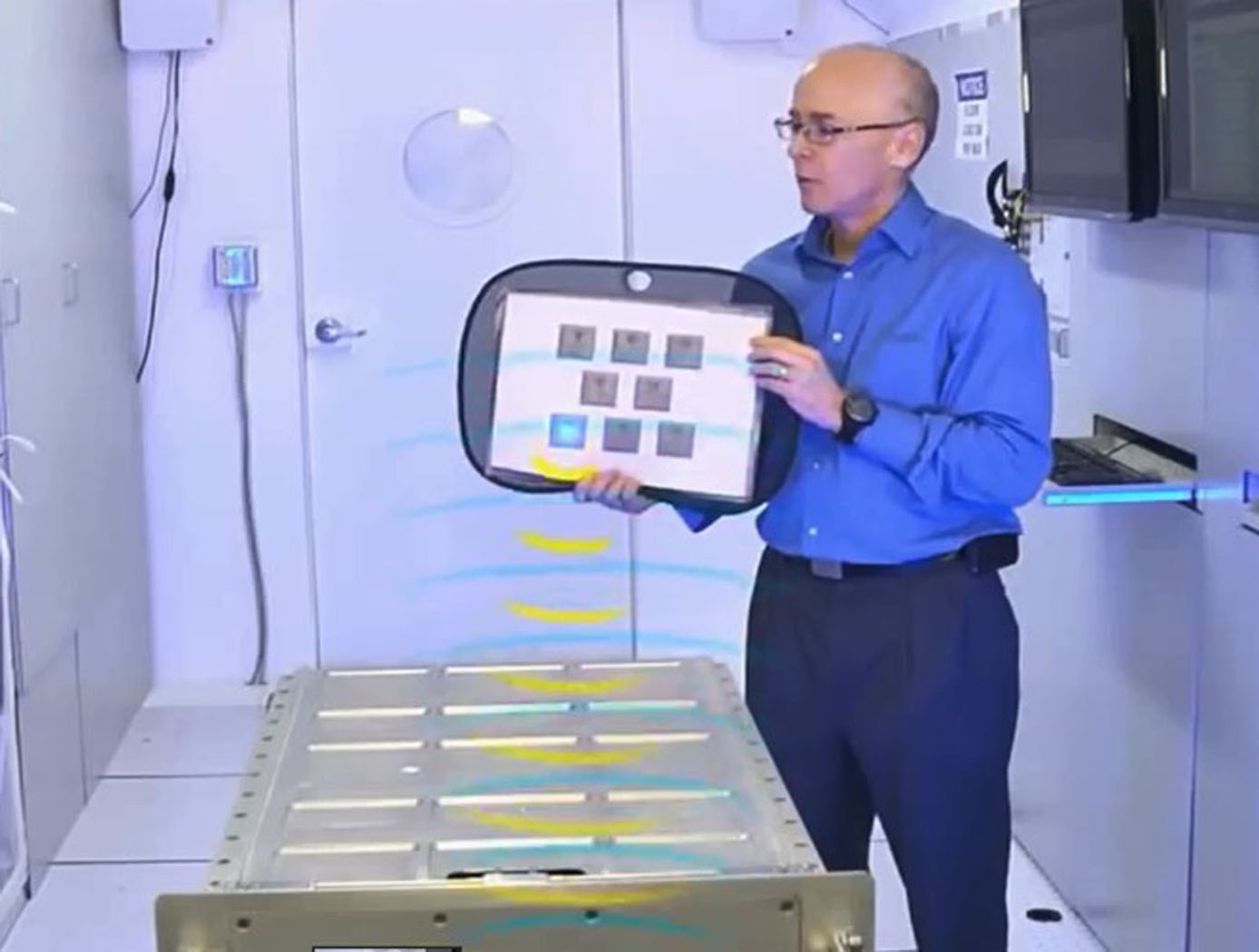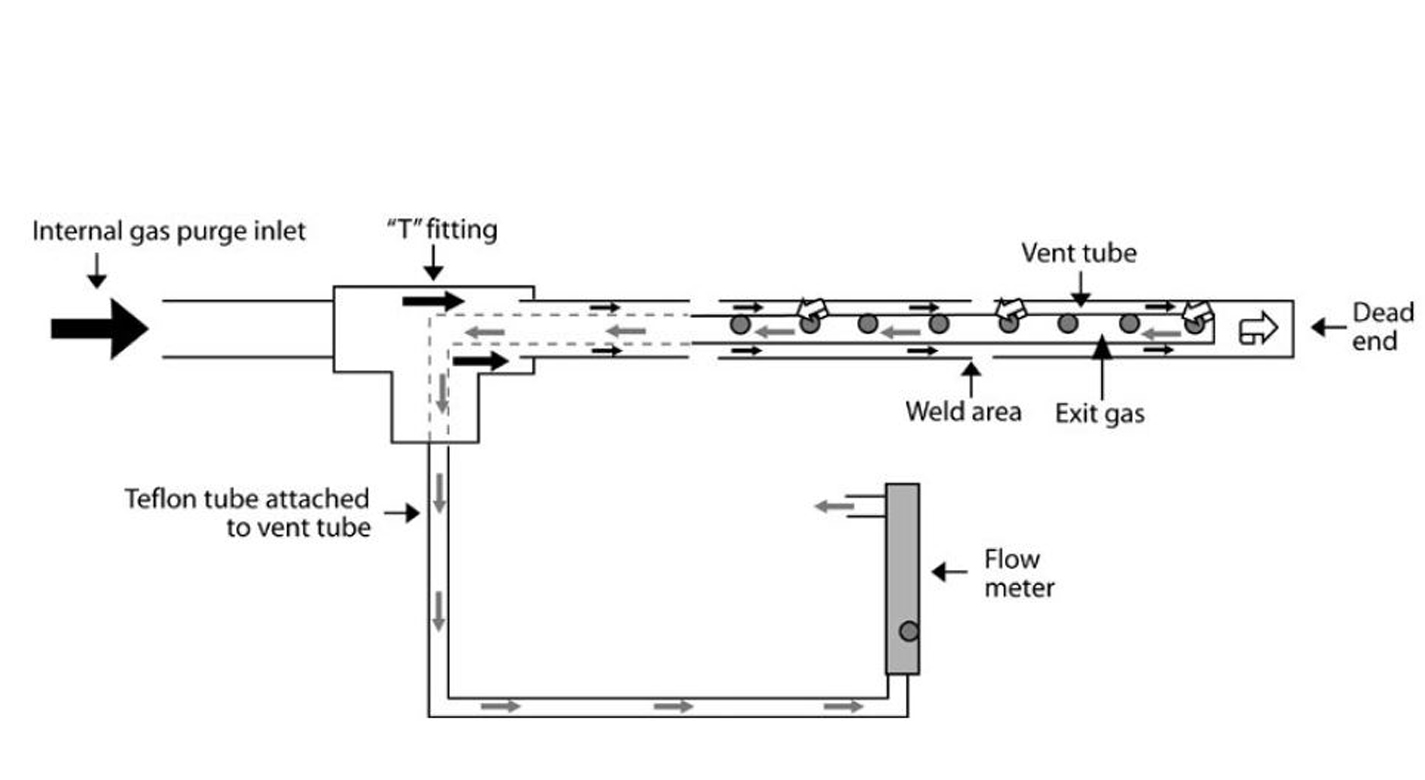
The NASA solid-state humidity sensor includes dielectric ink that can be 3d printed.

The NASA RFID tagging technology can be integrated to a RFID reader in order to enhance its range and distribute power to passive tags.

Diagram of the NASA dead-end welding device
Humidity sensor offers unparalleled sensitivity in challenging water environments
NASA inventors working on next-generation energy storage were faced with a puzzle – the ability for the system to store an electric charge changed dramatically over the course of the day. The solution? NASA’s solid-state humidity sensor. With its help, inventors realized the issue stemmed from changes in humidity – even the smallest shift from breathing around the system could cause problems. Along with being super sensitive, this sensor is lightweight, smaller than one square centimeter, and is able to give results faster than other sensors on the market, especially in challenging temperature and chemical conditions, making it perfect for large ships.
Improve harbor inventory management with long-range, wide coverage RFID tags
Looking for a way to track a lot of shipment boxes over long distances? This NASA RFID tag technology has you covered. Unlike typical RFID tags that offer either wide coverage with limited range or long range with narrow coverage, this tech is capable of doing both, allowing you to improve inventory tracking, navigational systems, and predictive analytics. This tech can also give you information on quantity and location without the need for GPS, which is useful for keeping up with shipments traveling through spotty coverage.
Build submarines faster with help from this welding device created to build spacecraft
When it comes to submarines, perfect, air-tight welds are a must in every layer of the vessel. Normally, the only way to achieve these perfect welds requires numerous practice runs, especially when welding tubing, which wastes time and money. The dead-end welding device from NASA offers superior, high-quality welds in a fraction of the time of conventional welding techniques because it eliminates the need for practice runs. This tech also has been proven effective on many types of alloys, making it super versatile.
Sensors small enough to fit on a human hair offer big structural health benefits in real-time
Ensuring the structural integrity of oil tankers, navy vessels, yachts and submarine hulls is crucial to protect the people using them. A breakthrough in sensing technology from NASA can now be used to monitor the structural health of these types of sea craft without the time lag. These lightweight, fiber optic sensors are easy to install and strong enough to withstand radiation and electromagnetic frequency interference, all while offering shape, stress, temperature, pressure, strength, and operational load data.
Interested in licensing the tech mentioned above? Follow the links to apply through our website. You can also browse our entire technology portfolio here.
Follow the NASA Technology Transfer Program on twitter @NASAsolutions for the latest updates on technologies available for licensing.



